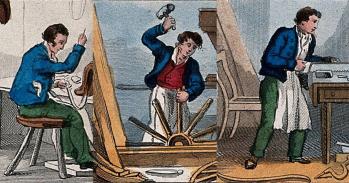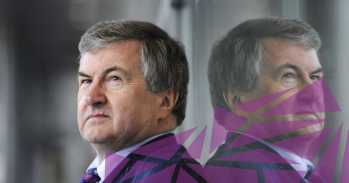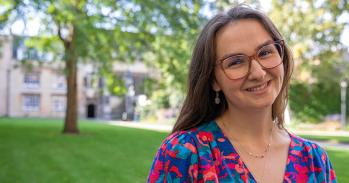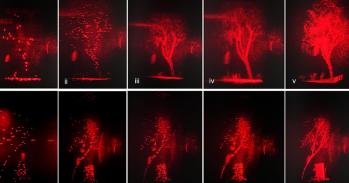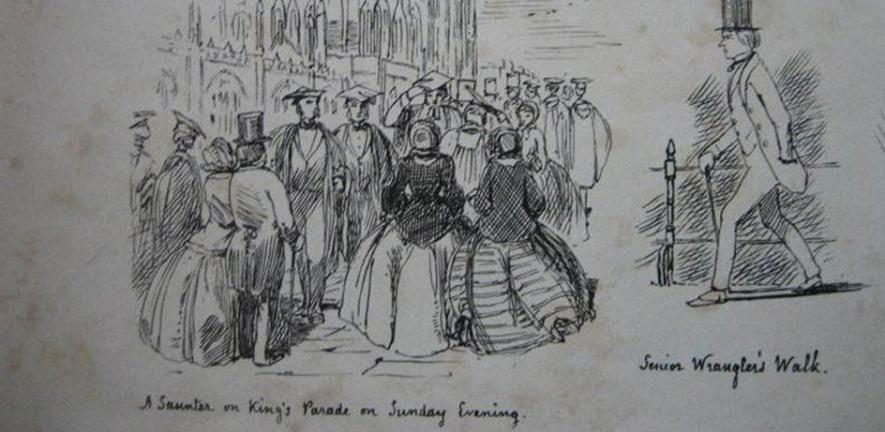
Two free talks for the public during Open Cambridge (Saturday, 10 September) will give an insight into important day-to-day aspects of the history of town and gown – what people wore and how they travelled.
Two free talks for the public during Open Cambridge (Saturday, 10 September) will give an insight into important day-to-day aspects of the history of town and gown – what people wore and how they travelled.
Wordsworth would have changed coaches and travelled east to Cambridge along the road that is now the A14. It was, he wrote later in his poem The Prelude, “a dreary morning when the Chaise Roll’d over the flat plains of Huntingdon”.
When the poet William Wordsworth arrived in Cambridge to study at St John’s College, it was 1787 – and more than half a century before the railway arrived. It’s likely that Wordsworth, then aged 17, will have travelled by stage coach from the north of England, a journey that would have taken him several days. Leaving the Great North Road (now the A1) he would have changed coaches and travelled east to Cambridge along the road that is now the A14. It was, he wrote later in his poem The Prelude, “a dreary morning when the Chaise Roll’d over the flat plains of Huntingdon”.
Passing the ruins of Cambridge Castle, Wordsworth records seeing his first Cambridge scholar complete with “tasselled cap”. He had arrived safely at what was then one of England’s two universities and spent his first night at an inn called the Hoop. If you walk to the intersection between Jesus Lane and Bridge Street today and look above the shops, Artique and Seven Wolves, you can see the two sets of 18th century windows with carved faces decorating the lintels. Tucked behind, off Jesus Lane, is the yard that housed the visiting coaches and horses.
Contrasting aspects of Cambridge life in the past – what students and others wore and how they travelled around the city - are the subjects of two public talks taking place at the Pitt Building on the morning of 10 September as part of Open Cambridge. A programme of free talks, tours and events, Open Cambridge is a chance to see behind the scenes of city and university and explore some of Cambridge’s most special places.
In a talk titled What They Wore, local historian Honor Ridout will take the audience on a whirlwind tour of eight centuries of student dress, her commentary providing a fascinating insight into changing social mores. In early examples of the enduring clash between the exuberance of youth and the conservatism of their elders, scholars were forbidden to wear red and green shoes, once the height of fashion, and there are records in the Annals of Cambridge of the Archbishop and bishops taking steps to discipline clergy and students for their behaviour as early as 1342. In Elizabethan times students were told by the Chancellor of the University, Lord Burghley, that their ruffs were too large.
Until the mid 20th century Cambridge undergraduates were obliged to wear academic dress – their gowns– for all their lectures and supervisions, with a cap or square when out of doors. Today this rule applies solely for formal occasions such as matriculation and graduation. The poet Samuel Taylor Coleridge famously wore his gown in tatters. The type of gown you wore depended on who you were. Another poet, Lord Byron, who attended Trinity College, wore a gown trimmed with gold because he was a peer.
Until the advent of off-the-peg clothing, garments such as coats and suits were all made to measure, which meant that Cambridge boasted dozens of tailors and outfitters, to supply both everyday and academic dress.
Women were only gradually admitted to lectures at Cambridge, and were not allowed officially to sit exams until 1881 (or be awarded degrees until 1948). To preserve decorum, they had to be chaperoned at all times by their college head or an older woman. And their dress had to be ultra-respectable. Female undergraduates were the butt of many an unkind joke – “shabby-hag the Newnhamite” was the answer to one riddle - and were called “blue stockings”, a term coined in the 18th century.
All change for transport
Until the 20th century the waterways were an important route for goods and provisions needed by the colleges and towns. Some goods came all the way from London round the coast to King’s Lynn, and then down the Rivers Ouse and Cam. Warehouses lined the area of Cambridge now known as Quayside. People travelled by coach and horse, or by carriers’ wagons. Horses were stabled in yards all over the town, and you can still see a stone mounting block in the grounds of St John’s College, a remnant from a time when fields came right up to the banks of the Cam.
The railway arrived in Cambridge in 1845 and the opportunity it provided for contact with London was the cause of huge anxiety. The University insisted on strict regulations for students who might wish to travel by train. In the early days of motor cars, few undergraduates were able to afford such luxuries – those few were liable to drive recklessly fast, so the University again restricted their use; special permission was necessary.
In a second talk, All Change: Transport in and around Cambridge, 1900-2011, historian Tony Kirby will describe the huge changes that have taken place in the past century, when transport has been an issue prompting fierce debate within an expanding city, some of which dates back at least 800 years. By 1900, the railways had effectively created a new Cambridge to the south and east of the small town that Wordsworth had known. The station, in open country when first built, was now surrounded by industry and housing and the goods depots, sidings and engine sheds covered a vast area of land.
The interwar period saw the railways’ monopoly challenged by the rise of the motor vehicle. Even before this, the streets of Cambridge had seen changes: horse-drawn trams were introduced in 1880, largely to connect the station to the town centre and were joined by horse-drawn buses in 1896 and motor buses in 1907. Proposals to electrify and extend the tramway network were defeated, largely thanks to the University: overhead wires down King’s Parade indeed! The last Cambridge trams ran in July 1914.
In the 1950s and 60s, it was assumed that Cambridge would have to be adapted to the motor vehicle: car parks replaced open spaces (such as New Square) and major changes to the road network were planned. The only scheme to come to fruition was Elizabeth Way. It had originally been authorised in 1889: even by Cambridge standards, a long gestation period. The opening of the M11 and the up-graded A14 solved the through traffic problem but the reduction in congestion and pollution was short-lived. The solutions were Park & Ride, one of the few real success stories of the last 20 years, coupled with pedestrianisation of the city centre.
After 1960, the railways of Cambridge changed out of all recognition. Steam had virtually disappeared by 1962, to be replaced by diesel. The Beeching Report of 1963 led to the withdrawal of passenger trains from the ‘St Ives Loop’ from Cambridge to Oxford. Beeching also sounded the death-knell for much of the railway’s traditional freight traffic. Although some freight still passes through Cambridge, today’s railway is largely passenger-orientated today: numbers continue to grow, not least due to electrification of the main lines in 1987-92.
The story of heated disputes, delays and schemes going massively over budget continues with the latest Cambridge public transport saga: the guided bus from St Ives to Cambridge, much of which follows the former railway line, is finally due to open on 7 August.
The Open Cambridge talks will take place at The Pitt Building, Trumpington Street, Cambridge CB2 1RP on Saturday, 10 September. What Cambridge Wore given by Honor Ridout 10.30am-11.30am, All Change: transport in and around Cambridge, 1900-2011 given by Tony Kirby, 11.30am-12.30pm. Ages 14+. To pre-book go to www.opencambridge.cam.ac.uk or phone 01223 766766
This work is licensed under a Creative Commons Licence. If you use this content on your site please link back to this page.


